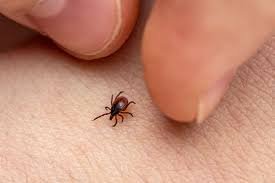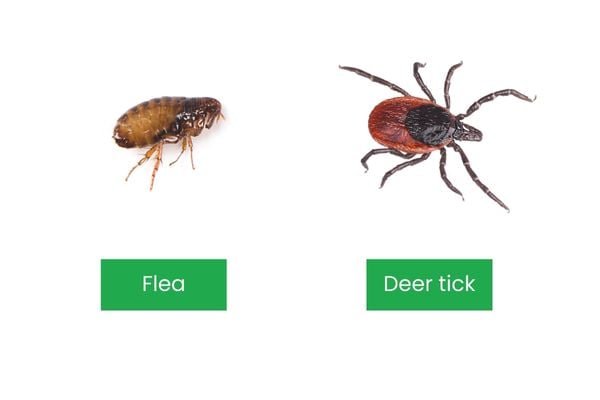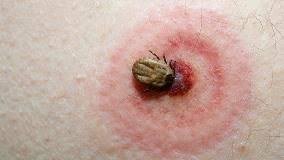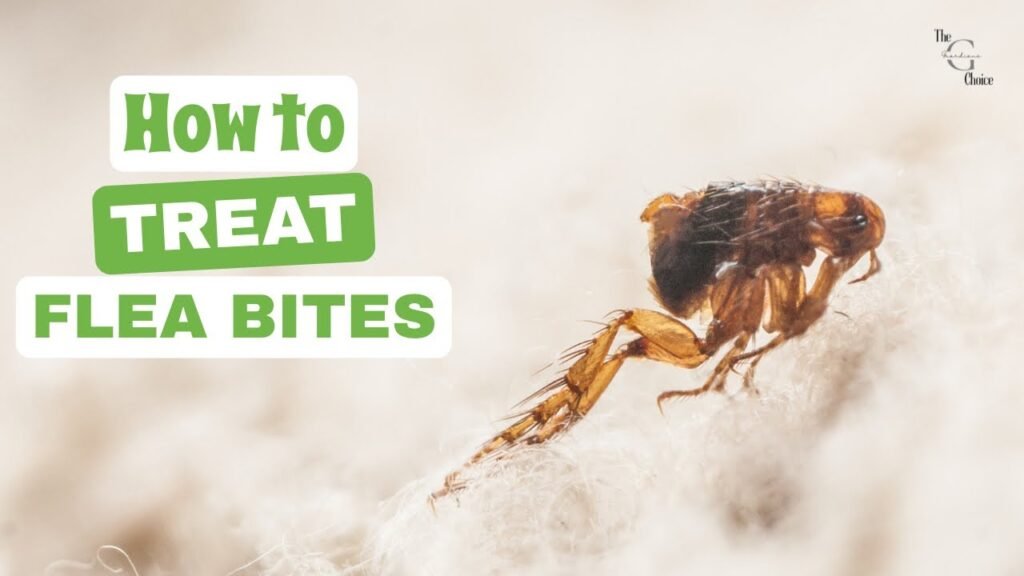Tick bites are common, especially in warmer months or in areas with tall grass and pets. When removing a tick, sometimes the head or mouthparts can break off and remain lodged in the skin. Many people panic when this happens, asking: what happens if a tick head is left in skin? The good news is that it’s usually not life-threatening, but it can cause discomfort, infection, or skin irritation if not treated properly.
Why Tick Heads Get Stuck
Ticks anchor themselves into the skin with barbed mouthparts. If you pull the tick out too quickly or with the wrong tool, the body detaches but the head stays embedded. This leftover part can act like a splinter in your skin.
What Happens If a Tick Head Is Left in Skin
Mild irritation – The area may look red and swollen as the body reacts to the foreign object.
Localized infection – Bacteria can enter through the broken skin, causing pus, pain, or warmth around the bite.
Prolonged healing – The bite may take longer to close up compared to a cleanly removed tick.
Rare complications – In very uncommon cases, leftover tick parts may contribute to skin abscesses.
Important: Lyme disease and other tick-borne illnesses come from the tick’s saliva and body fluids. If only the head remains, the risk of disease transmission is low.
Symptoms to Watch For
If you suspect tick parts are still inside, watch for these warning signs:
Increasing redness or swelling
Pus or oozing from the bite site
Persistent pain or itching
Fever, rash, or flu-like symptoms (may indicate infection or illness)
What to Do If a Tick Head Is Stuck
Try to remove it safely – Use sterilized tweezers or a clean needle to gently lift it out, similar to removing a splinter.
Clean the area – Wash thoroughly with soap and warm water, then apply antiseptic.
Do not dig too deep – If you can’t remove it easily, allow the skin to naturally push it out during healing.
Apply an antibiotic ointment – Helps reduce infection risk.
Cover with a bandage if the area is irritated.
When to See a Doctor
Seek medical attention if you notice:
Signs of infection (spreading redness, pus, swelling)
A rash that looks like a bullseye
Fever, body aches, or flu-like symptoms
If the bite is on a child or in a sensitive area (like near the eye)
A healthcare provider can remove the remaining tick parts safely and prescribe antibiotics if necessary.
Prevention Tips
The best way to avoid tick head complications is proper tick removal and prevention:
Use fine-tipped tweezers to pull ticks straight out without twisting.
Clean bite sites thoroughly after removal.
Apply insect repellent when outdoors.
Check pets and children for ticks after spending time outside.
Conclusion
If you’re wondering what happens if a tick head is left in skin, the answer is usually mild irritation or a small local infection. While it’s rarely serious, you should monitor the bite carefully, remove leftover parts if possible, and keep the area clean. Always consult a doctor if you develop unusual symptoms, as early treatment prevents complications.





